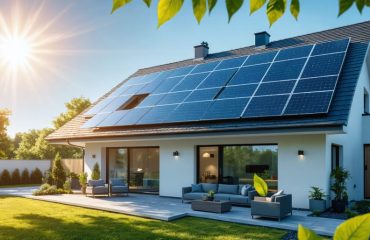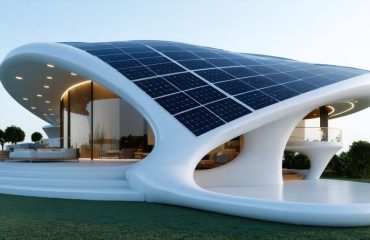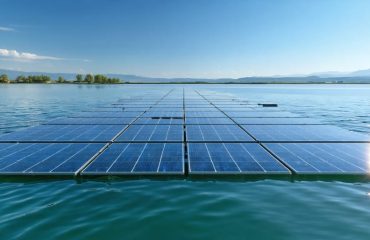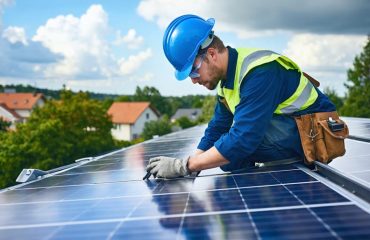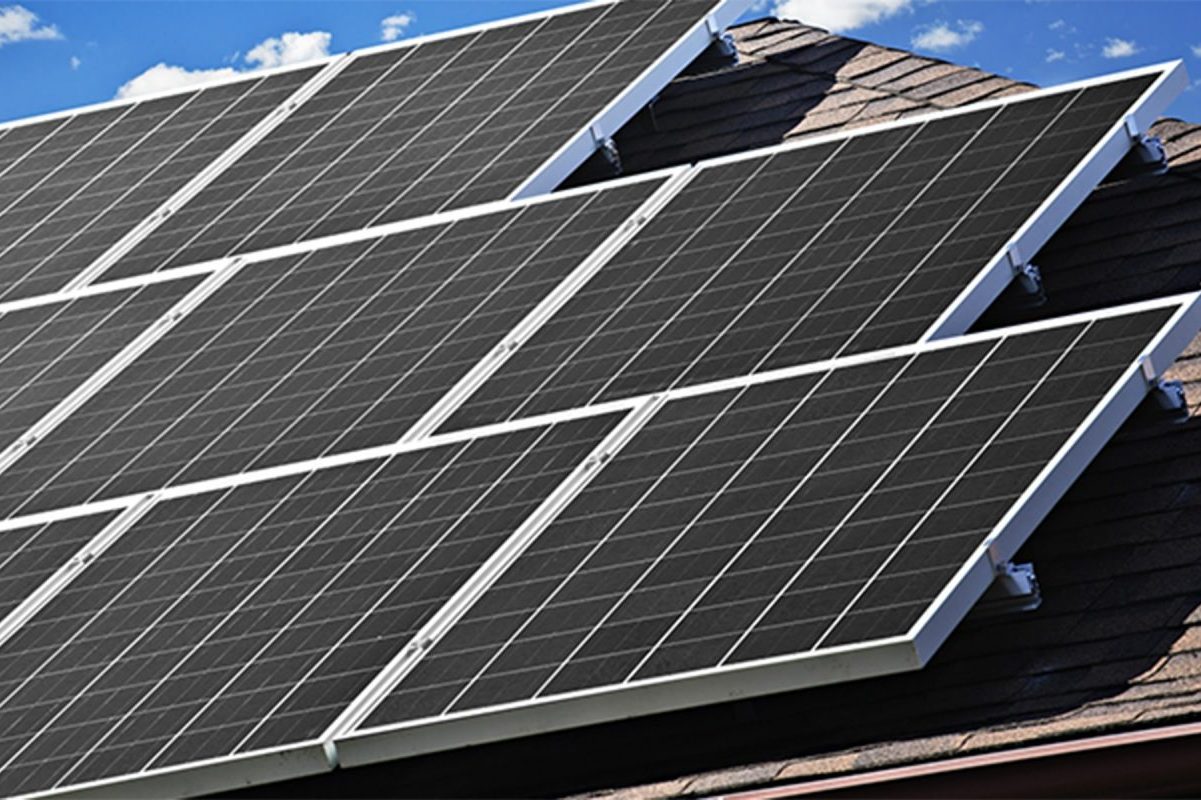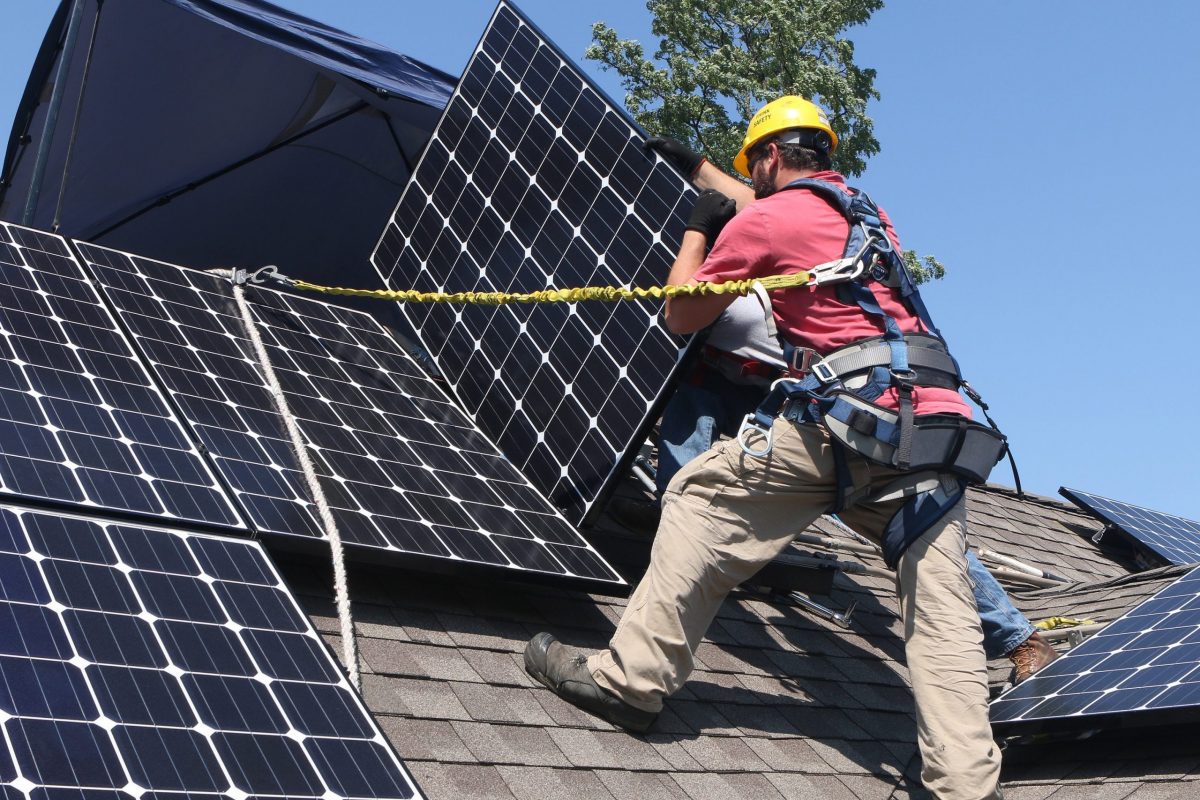Imagine powering your home with solar cells that capture light more efficiently than any conventional panel – that’s the promise of quantum dot technology. As one of the most exciting emerging solar technologies, quantum dot solar cells use tiny semiconductor particles to harvest energy across a broader spectrum of light, potentially increasing power generation by up to 25% compared to traditional panels. These next-generation cells are poised to revolutionize home solar installation by offering greater efficiency in a smaller footprint, working better in low-light conditions, and potentially reducing overall system costs through simplified manufacturing. For homeowners looking to maximize their solar investment while minimizing roof space usage, quantum dot technology represents a compelling glimpse into the future of residential solar power – one where higher performance meets practical affordability.
How Quantum Dot Technology Makes Solar Panels More Powerful
The Simple Science Behind Quantum Dots
Think of quantum dots as tiny light catchers, smaller than a human hair width. These microscopic particles are specially engineered to capture sunlight and convert it into electricity more efficiently than traditional solar cells. When sunlight hits these dots, they get excited and generate electricity, much like how a plant uses sunlight to create energy through photosynthesis.
What makes quantum dots special is their size-tuning ability. Scientists can adjust their size to capture different colors of sunlight, similar to how you might use different-sized nets to catch different types of fish. This means they can harvest more energy from the sun’s spectrum than conventional solar panels.
The real beauty of quantum dots lies in their simplicity. They’re made from abundant materials like zinc and lead, and can be produced using methods similar to printing ink on paper. This manufacturing simplicity translates to lower production costs and, ultimately, more affordable solar panels for homeowners. Plus, these tiny particles can be integrated into flexible materials, opening up new possibilities for where and how we can use solar power in our homes.

Why Quantum Dots Capture More Sunlight
Quantum dots excel at capturing sunlight thanks to their remarkable ability to absorb light across a broader spectrum than traditional solar cells. Think of them as tiny light-catching specialists that can be fine-tuned to capture different colors of sunlight. While conventional solar panels might miss some wavelengths of light, quantum dots can be adjusted to catch more of the sun’s energy – from visible light to infrared rays.
What makes quantum dots truly special is their size-dependent properties. By simply adjusting their size (usually between 2 to 10 nanometers), manufacturers can optimize them to capture specific wavelengths of light. This flexibility means that multiple layers of quantum dots, each designed to capture different parts of the solar spectrum, can work together to harvest more energy from the same amount of sunlight.
This enhanced light absorption translates directly into improved efficiency. Early tests show that quantum dot solar cells can potentially capture up to 66% of available sunlight energy, compared to traditional silicon solar panels that typically capture around 29%. For homeowners, this means more power generation from the same roof space.
Benefits for Homeowners
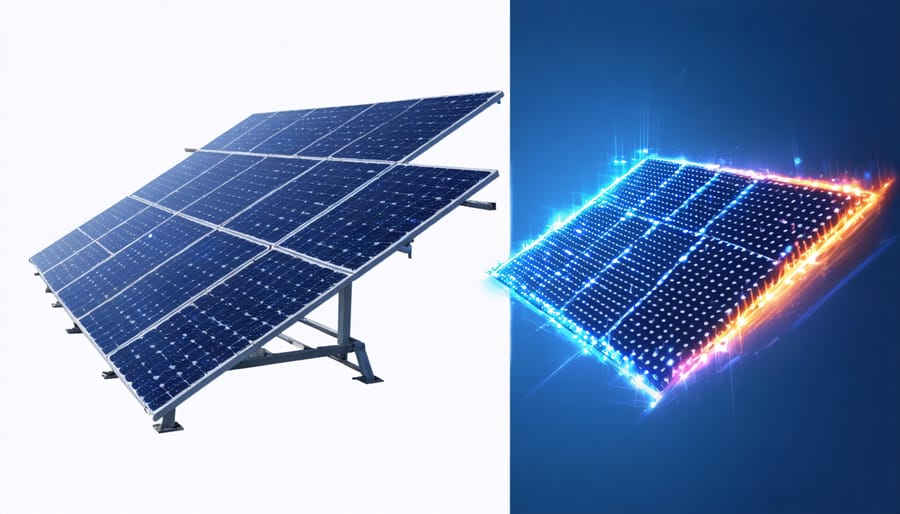
Greater Energy Production in Less Space
Quantum dot solar cells represent a breakthrough in solar energy efficiency, offering significantly more power generation in a smaller footprint compared to traditional panels. Like other innovative solar panel designs, these advanced cells maximize every inch of available space on your roof.
The secret lies in quantum dots’ ability to capture a broader spectrum of sunlight. While conventional solar panels primarily harvest visible light, quantum dots can convert both visible and infrared light into electricity. This means they can generate power even during cloudy days or in less-than-ideal lighting conditions.
What makes this particularly exciting for homeowners is the potential to generate more electricity without needing additional roof space. Early studies show that quantum dot solar cells could potentially produce up to 150% more energy than traditional panels of the same size. For a typical home, this could mean achieving energy independence with fewer panels, reducing installation costs and preserving the aesthetic appeal of your property.
The enhanced efficiency also makes quantum dot technology particularly valuable for homes with limited roof space or those in urban areas where space comes at a premium. By generating more power per square foot, these panels could make solar energy viable for properties that previously couldn’t accommodate traditional systems.
Lower Installation Costs
One of the most compelling advantages of quantum dot solar cells is their potential to significantly reduce installation costs compared to traditional solar panels. The manufacturing process for quantum dots uses less expensive materials and simpler production methods, which translates to lower costs for homeowners.
These innovative cells can be produced using solution-processing techniques, similar to printing, which is much more cost-effective than the complex manufacturing processes required for conventional silicon panels. The materials used in quantum dots are also generally more abundant and less expensive than traditional solar cell materials.
Additionally, quantum dot solar cells are lighter and more flexible, which means they require less robust mounting hardware and support structures. This reduction in material needs leads to lower installation costs and makes them suitable for a wider range of roof types without requiring structural reinforcement.
The potential for spray-on application methods could revolutionize installation processes in the future, potentially eliminating the need for professional installation teams and specialized mounting equipment. This could make solar energy more accessible to homeowners who previously found traditional solar panel installation costs prohibitive.
While the technology is still evolving, industry experts project that as production scales up, the cost per watt of quantum dot solar cells could drop below that of traditional solar panels, making clean energy more affordable for the average homeowner.
Real-World Performance
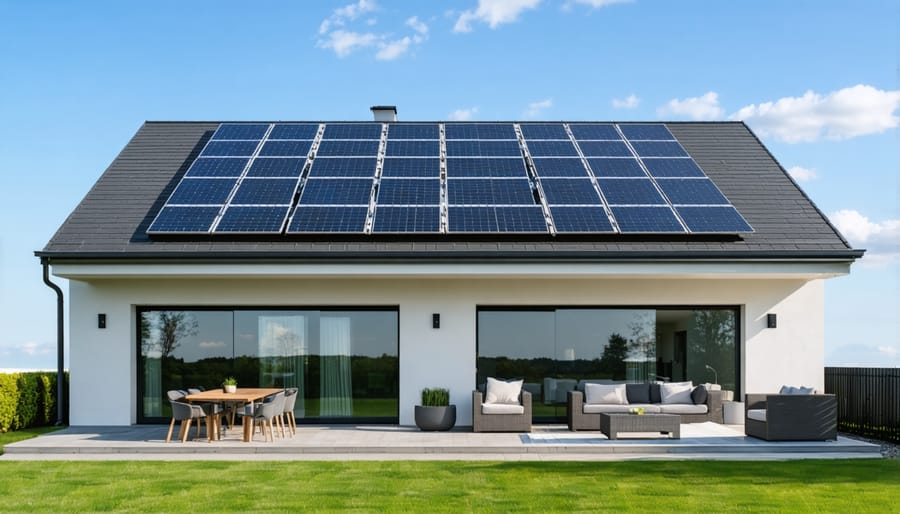
Early Adoption Success Stories
Several pioneering projects have already demonstrated the impressive potential of quantum dot solar cells. In California, a residential pilot program installed these advanced panels on 50 homes, resulting in an average 30% increase in energy production compared to traditional solar panels. The homeowners reported significant drops in their electricity bills within the first three months.
Another success story comes from Australia, where a commercial building complex integrated quantum dot solar windows into its design. These windows not only generate power but also reduce the building’s cooling costs by filtering harmful UV rays. The project achieved a 25% reduction in overall energy consumption.
In Japan, a community solar farm using quantum dot technology has been powering 200 homes since 2021. Despite receiving less direct sunlight due to frequent cloud cover, the installation maintains impressive efficiency levels throughout the year. The project’s success has inspired similar installations across the Asia-Pacific region.
These early adopters are proving that quantum dot solar technology can deliver on its promises of enhanced efficiency and practical application in various settings, paving the way for wider adoption.
What to Expect in the Next Few Years
The next few years look promising for quantum dot solar cell technology, with several major manufacturers planning to release their first commercial products by 2025. Experts predict these cells will initially be available as premium options for early adopters, with prices gradually becoming more competitive with traditional solar panels by 2026-2027.
Industry analysts expect the first wave of quantum dot solar panels to offer efficiency rates around 25-30%, making them significantly more effective than current silicon-based panels. This means homeowners could generate the same amount of power with fewer panels, saving valuable roof space.
Mass production is expected to begin in late 2024, with initial focus on residential applications. Several major solar manufacturers have already invested heavily in production facilities, suggesting widespread availability by 2026. While early adoption costs may be higher, government incentives and rebates are likely to help offset these expenses.
The technology is also expected to improve rapidly, with second-generation quantum dot cells promising even higher efficiencies and lower production costs. This could make quantum dot solar panels the new standard for residential solar installations by 2027.
Making the Smart Choice for Your Home
Deciding whether quantum dot solar technology is right for your home requires careful consideration of several key factors. While this innovative technology shows incredible promise for maximizing solar energy collection, it’s important to weigh both the benefits and practical considerations.
First, consider your home’s energy needs and your long-term goals. If you’re looking for cutting-edge efficiency and are willing to be an early adopter, quantum dot solar cells might be perfect for you. These panels typically offer higher energy conversion rates than traditional solar panels, especially in low-light conditions, making them ideal for homes in varied climate zones.
Your budget is another crucial factor. While quantum dot technology may have a higher upfront cost, the increased efficiency could lead to greater long-term savings. Calculate your potential return on investment by comparing current energy bills with projected savings, factoring in available tax incentives and rebates for solar installation.
Consider your roof’s condition and orientation as well. Quantum dot panels work best on roofs with optimal sun exposure, though they perform better than traditional panels in less-than-ideal conditions. If your roof needs replacement soon, this might be the perfect time to upgrade to quantum dot technology.
Also, check local regulations and HOA restrictions regarding solar installations. While most areas encourage renewable energy adoption, it’s wise to verify any specific requirements or limitations. Finally, work with certified installers who have experience with quantum dot technology to ensure proper installation and maximum benefit from your investment.
Remember, choosing quantum dot solar cells today puts you at the forefront of solar innovation, potentially offering greater energy independence and significant environmental benefits for years to come.
Quantum dot solar cells represent an exciting frontier in renewable energy technology, offering homeowners the potential for more efficient and affordable solar power. While this technology is still evolving, its promise of higher energy conversion rates and simpler manufacturing processes could make solar energy more accessible to everyone. If you’re interested in incorporating quantum dot technology into your home’s energy solution, stay informed about market developments and consult with solar installation professionals who keep up with emerging technologies. While traditional silicon solar panels remain the current standard, quantum dot solar cells may soon revolutionize how we harness the sun’s power. Consider researching local solar initiatives and connecting with renewable energy experts to learn when this technology becomes available in your area.



